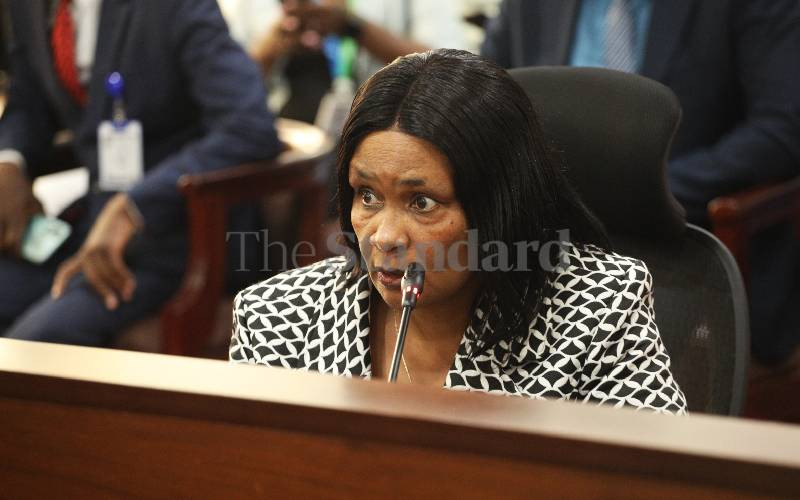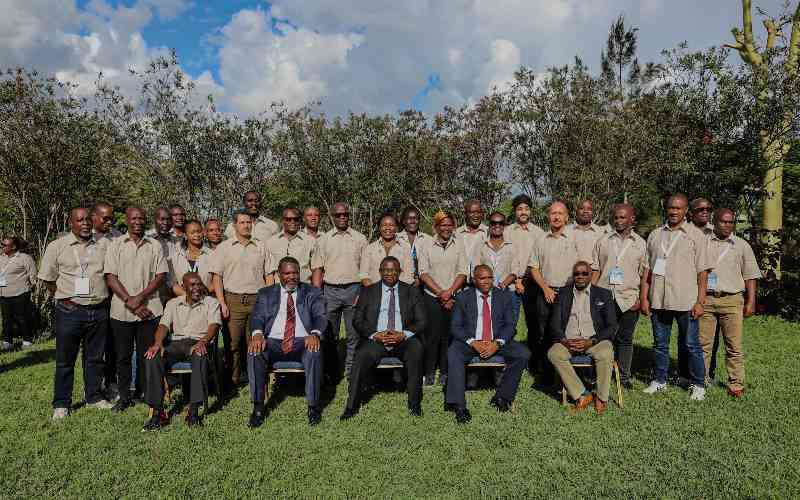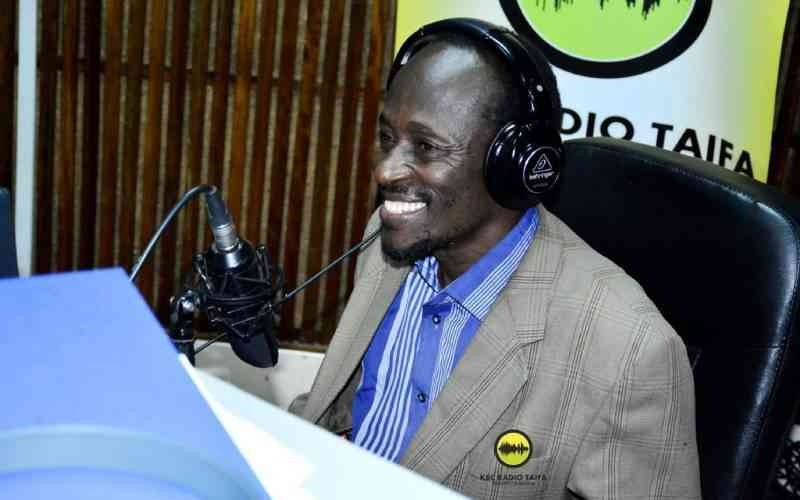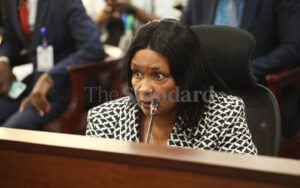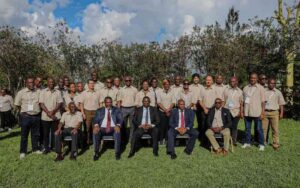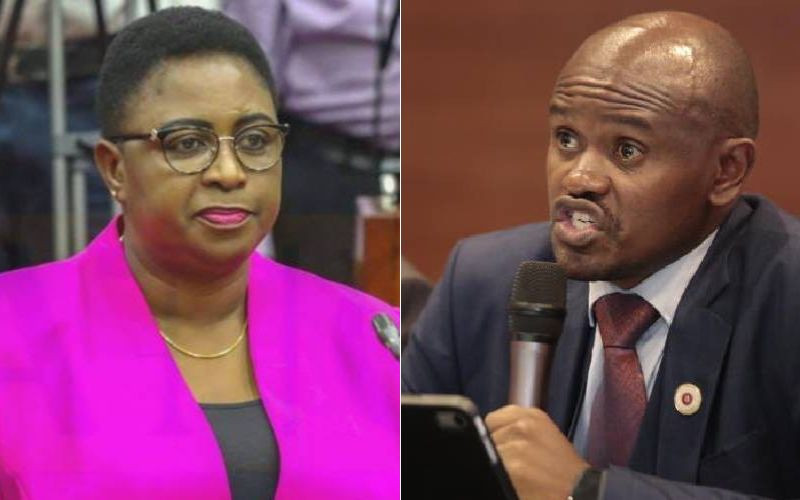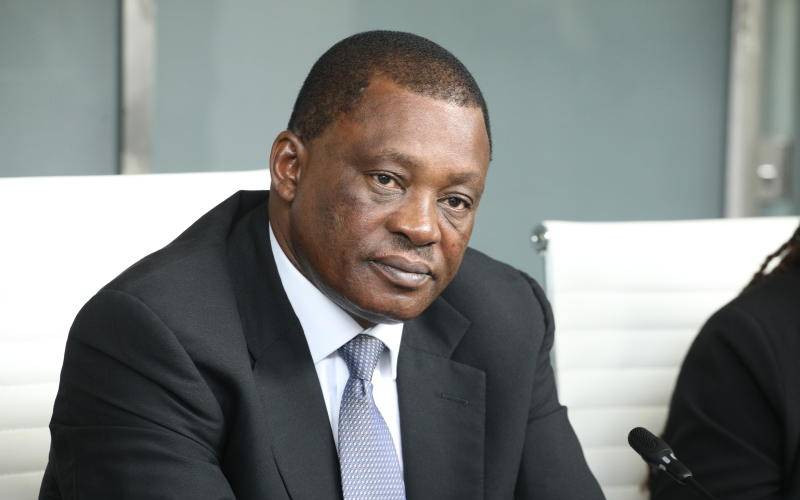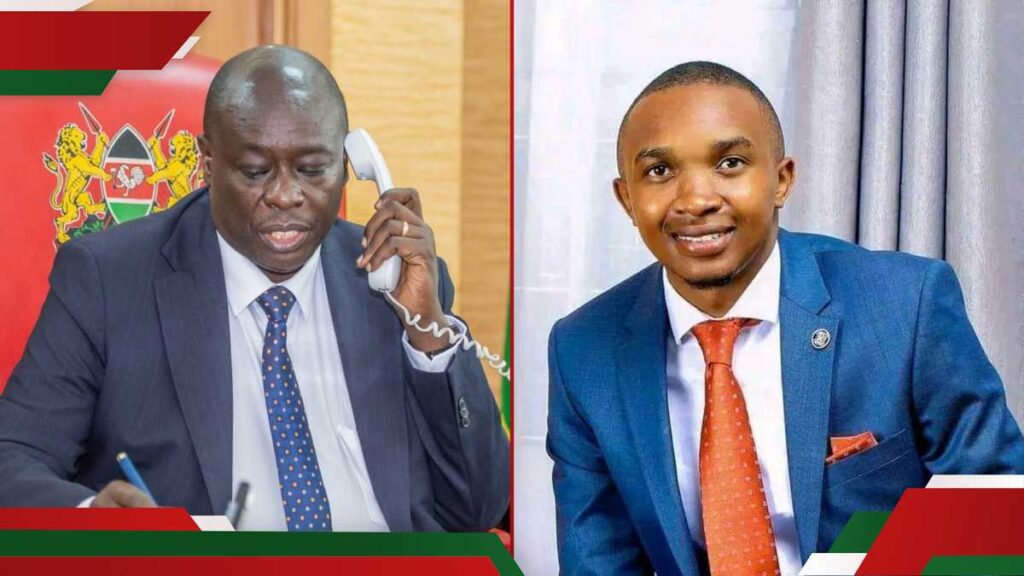It is said, a true voice never dies. It lingers in the airwaves, in memories, in the quiet of living rooms where radios once hummed.
And so it is with Charles Omuga Kabisae who was widely respected for his dignified delivery of death notices and other special announcements
(Matangazo Maalum na ya Vifo), which made him a familiar voice to many radio listeners.
Warm yet solemn, it could carry the gravity of a nation’s loss or the routine reassurance of evening news. For decades, Kabisae was the man behind both the everyday bulletins and the dreaded words, “Tunatangaza kifo cha…” news that could steal a room and bring entire households to silence.
To many Kenyans, Kabisae’s voice was more than an announcement; it was a presence.
His voice carried Kenya’s joys and sorrows, bridged distances, and stitched together communities in moments when connection was needed most.
Kabisae’s journey began in Nyamasaria, Kisumu East Sub-County, a region of a cradle for Kenyan radio greats names like Calleb Odhiambo Akumu, the late Evans Odhiambo Sino, and Abisalom Omollo, also known as Omollo Abisa, all hail from here.
As a young boy, Kabisae was drawn to the magic of broadcasting long before he ever touched a microphone. “I admired Leonard Mambo Mbotela. Listening to him made me believe that voices could live forever,” he recalled. That belief became his compass.
He attended Muslim Secondary School before moving on to Kenya Media Training College (KMC) in the late 1970s and early 1980s, where the basics of broadcasting met the spark of his ambition.
His break came in the early 1980s when UNESCO set up a studio in Homa Bay. Fate intervened when a KBC broadcaster stationed there was transferred, leaving a gap. Kabisae stepped in tentatively at first, shadowing others but quickly found his rhythm.
In a career filled with memorable moments, one still stands out for its odd twist. Kabisae began with KBC’s Dholuo Service in Kisumu, anchoring news and special announcements.
Kabisae’s radio debut came during his internship, when he was assigned to announce the death of an individual, a task he carried out flawlessly.
“I was given an opportunity on the obituary segment, at noon. That’s where I found my footing. It happened that the dead had resurrected. We had to withdraw the announcement,” he chuckles.
However, the moment turned unforgettable when, just a few hours later, news came through that the person he had reported dead was, in fact, alive.
The family of the man who had been mistakenly declared dead insisted on a retraction, Omuga returned to the airwaves to set the record straight.
Stay informed. Subscribe to our newsletter
He issued the correction with such composure and professionalism that it caught the attention of the station’s top management.
That unlikely moment of levity in an otherwise solemn job marked the start of a defining chapter.
That unfortunate incident ultimately became a turning point in his career, securing him a permanent role as the voice behind obituaries and condolence messages.
His deep, steady tone made him a natural fit for the most sensitive of segments death announcements. In the early 1990s, he moved to the Kiswahili Service, reaching a national audience and cementing his reputation as one of Kenya’s most trusted broadcast voices.
When Kabisae spoke, listeners leaned closer not just to hear the information, but to feel the reassurance that came with his delivery.
While some broadcasters sought the glamour of political interviews or entertainment shows, Kabisae found his calling in a space few desired.
Announcing deaths and public notices was not glamorous, but it was vital. He spoke into people’s most vulnerable moments and learned to carry their pain with dignity.
His cadence measured, respectful, and unhurried became the standard for the segment, inspiring a generation of announcers.






